Educational Technology, is transforming how we teach and learn, making education more accessible, engaging, and efficient. However, behind every successful EdTech solution lies a robust partnership ecosystem that fosters innovation and drives impact. Collaborations between EdTech developers, educators, policymakers, and other stakeholders can lead to the creation of effective and impactful educational tools i.e. the tools and resources developed truly meet the needs of educators and learners alike.
Here are five ways to build sustainable partnerships for effective EdTech design:
- Identify Common Goals and Objectives: The first step in building a sustainable partnership is to identify common goals and objectives. This involves understanding the needs of educators and learners and the challenges they face. By aligning goals, partners can work more effectively towards a shared vision.
- Engage Stakeholders from the Start: To ensure the success of an EdTech partnership, it is important to engage stakeholders from the start. This includes educators, students, parents, instructional designers, and other relevant parties. By involving stakeholders early on, their diverse expertise is harnessed to create comprehensive solutions. Each partner brings unique insights and skills to the table, enriching the design process and ensuring that the final product is robust and versatile.
- Foster a Culture of Collaboration: Building sustainable partnerships requires fostering a culture of collaboration. This involves creating an environment where all partners feel valued and are encouraged to contribute their ideas and expertise. By promoting a culture of collaboration, partners can work together more effectively towards common goals.
- Establish Clear Communication Channels: Effective communication is essential for building sustainable partnerships. Partners should establish clear communication channels and mechanisms for sharing information, updates, and feedback. Regular check-ins, feedback loops, and transparent discussions help partners stay aligned and address any issues promptly. By maintaining open lines of communication, partnerships can adapt to changing circumstances and refine their approach to serve their users better.
- Evaluate and Iterate: Building sustainable partnerships requires an ongoing commitment to evaluation and iteration. Partners should regularly evaluate the impact of their collaboration and use this feedback to make improvements. By continually iterating on their partnership, partners can ensure that it remains effective and relevant.
In conclusion, Sustainable partnerships are the cornerstone of effective EdTech design. These partnerships not only drive innovation but also ensure that the solutions developed are deeply rooted in the real needs of educators and learners, ultimately transforming the educational landscape for the better.




